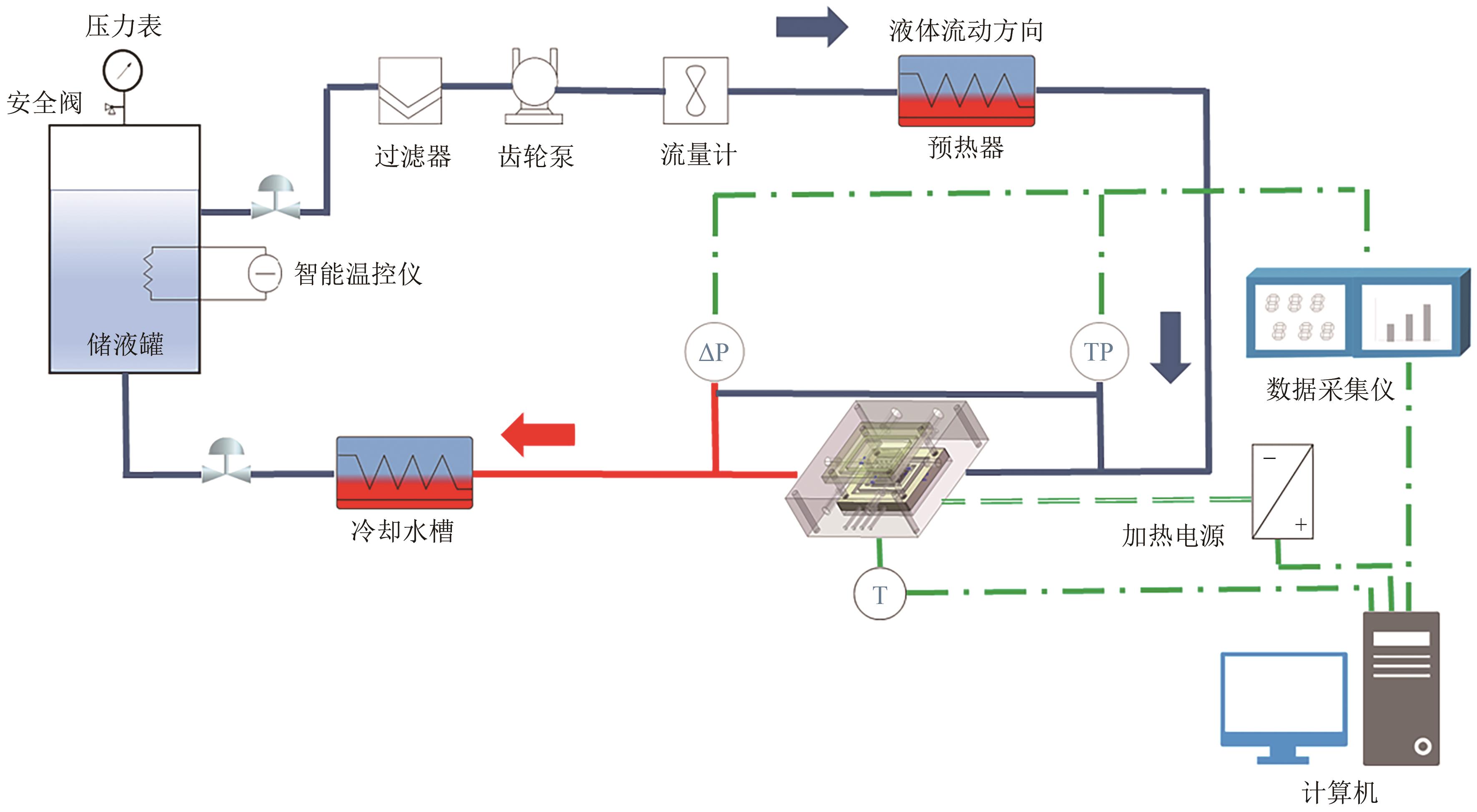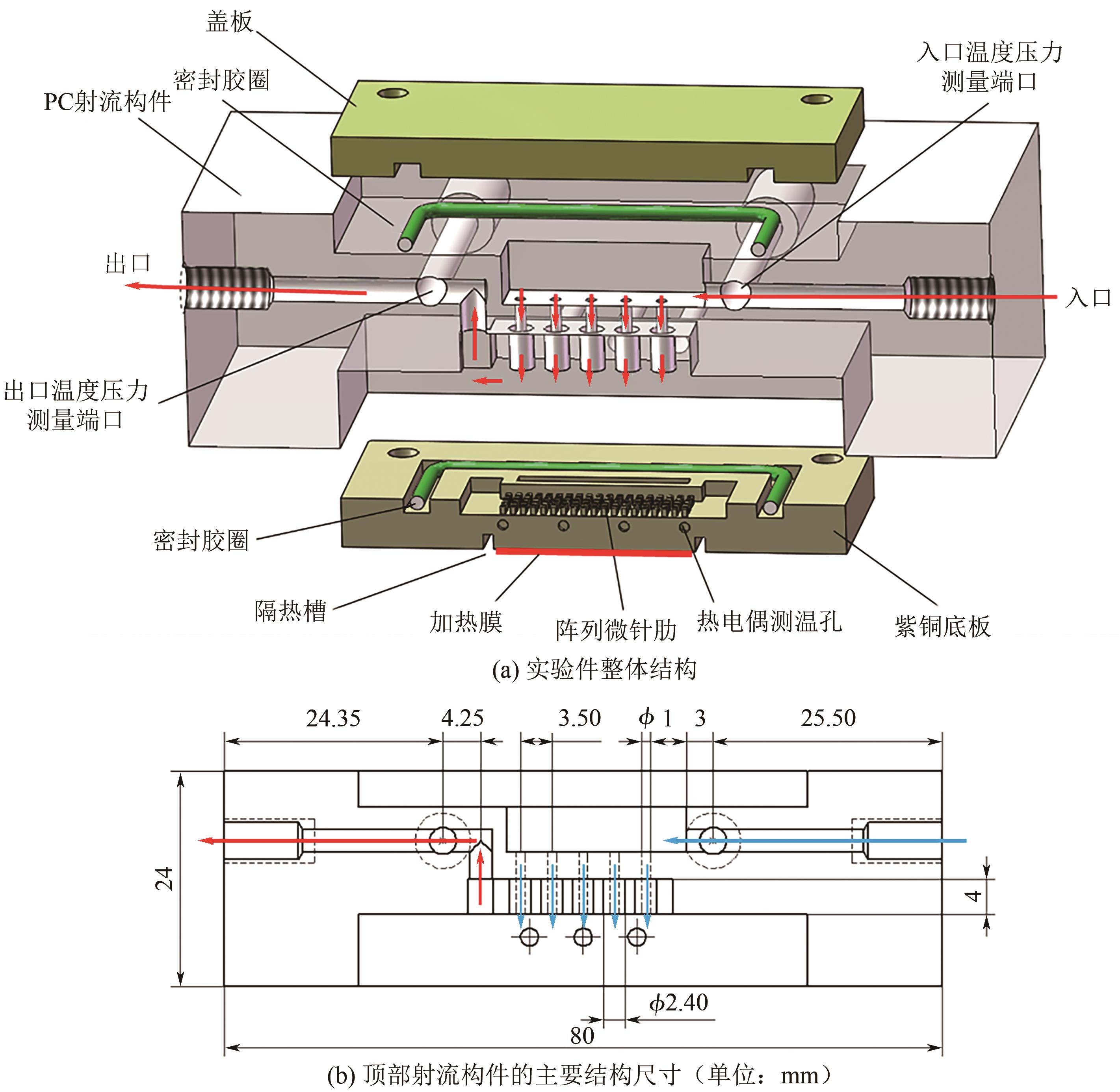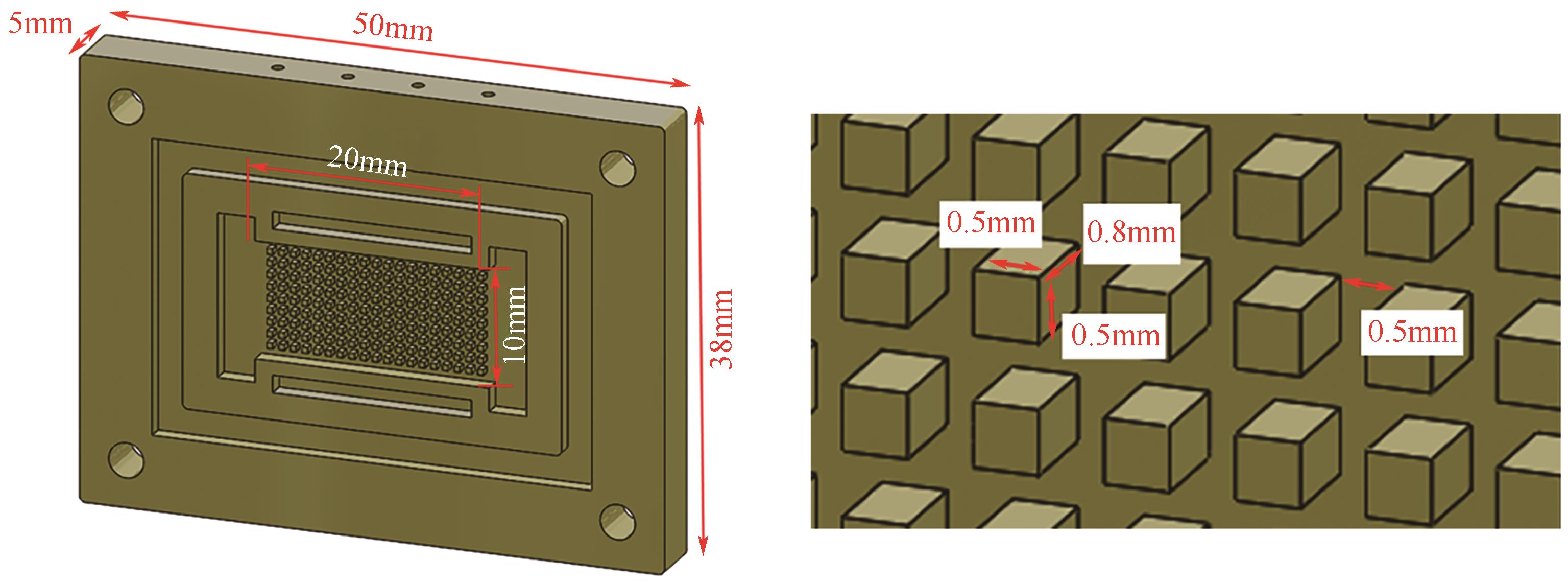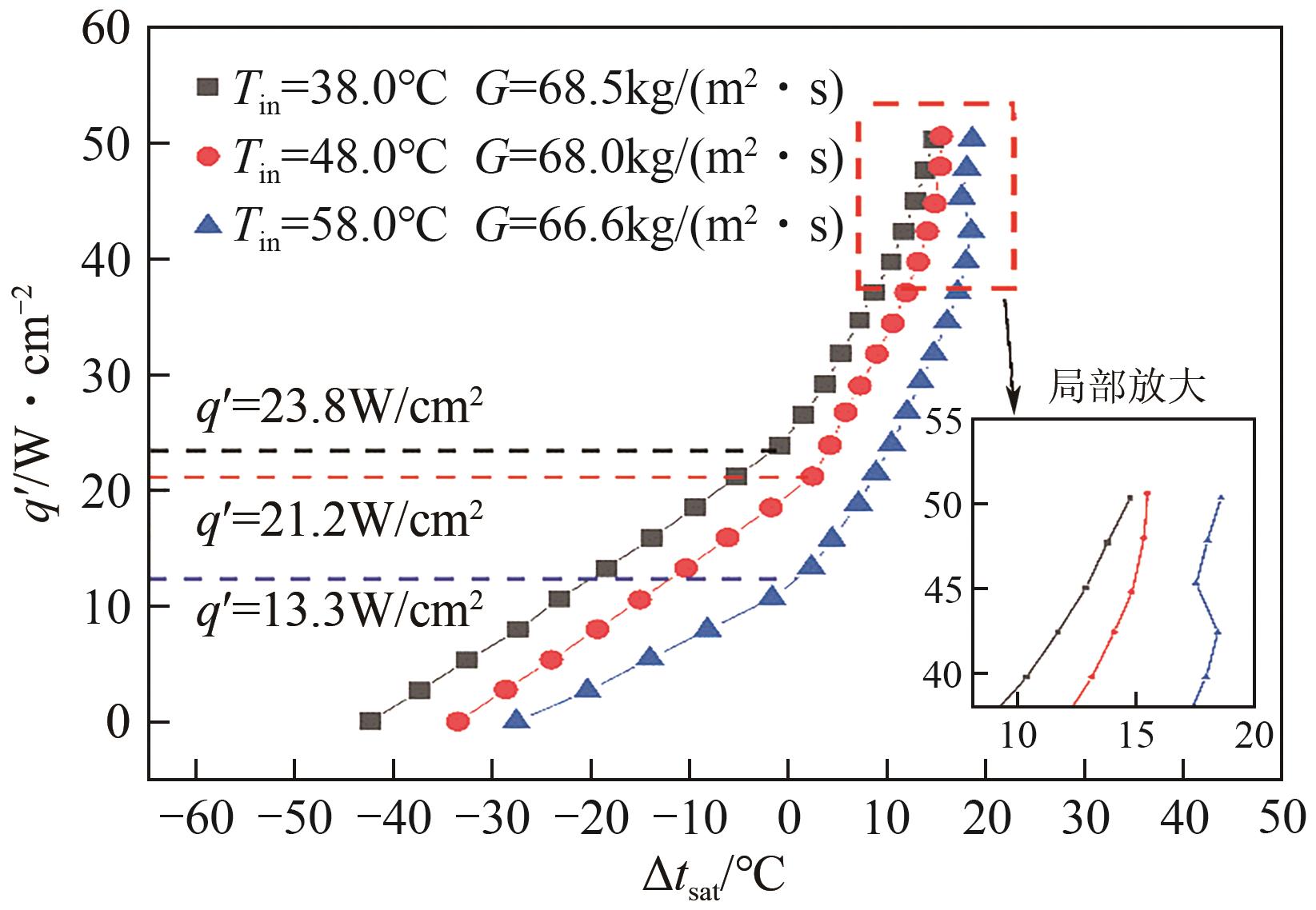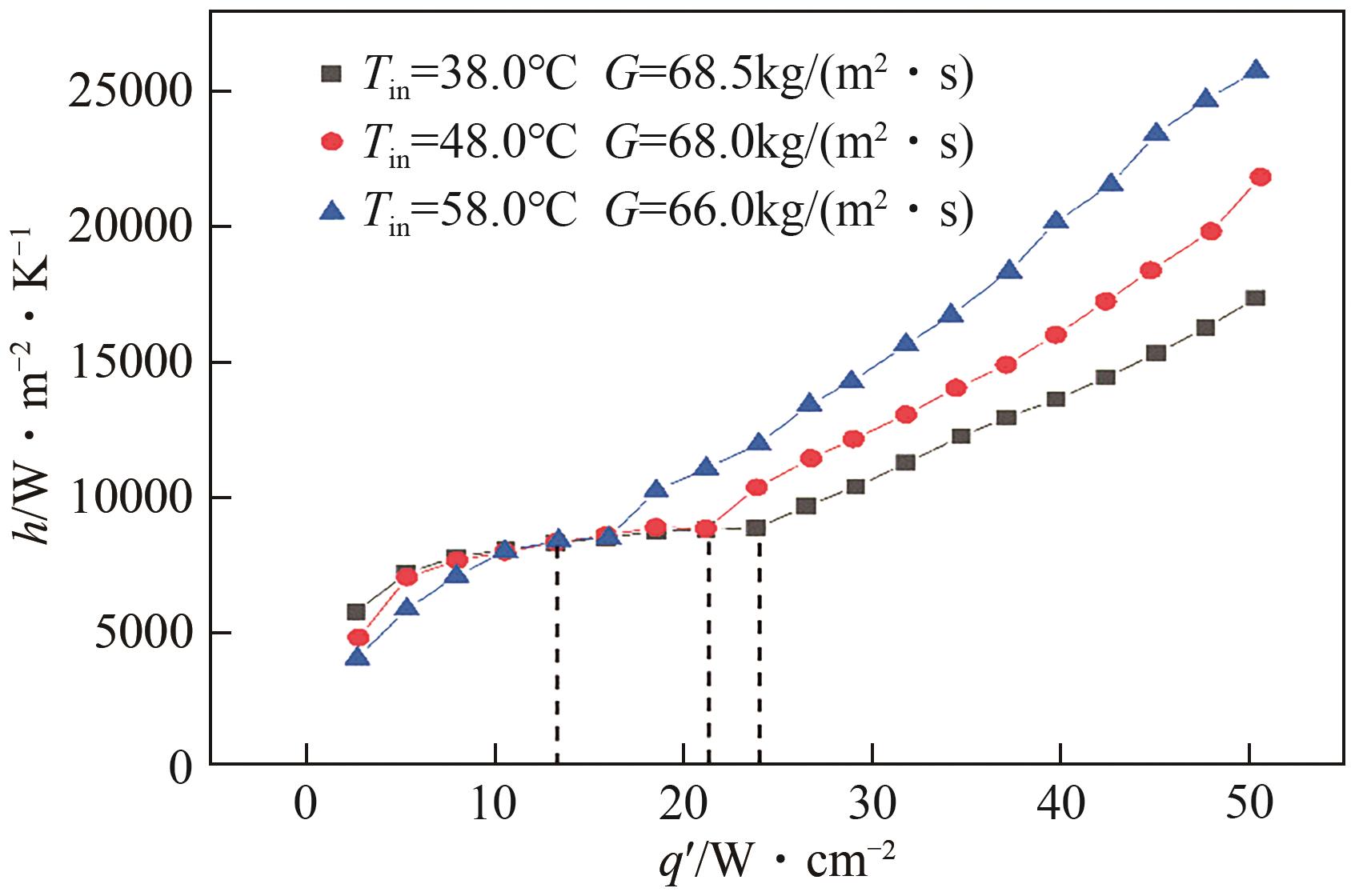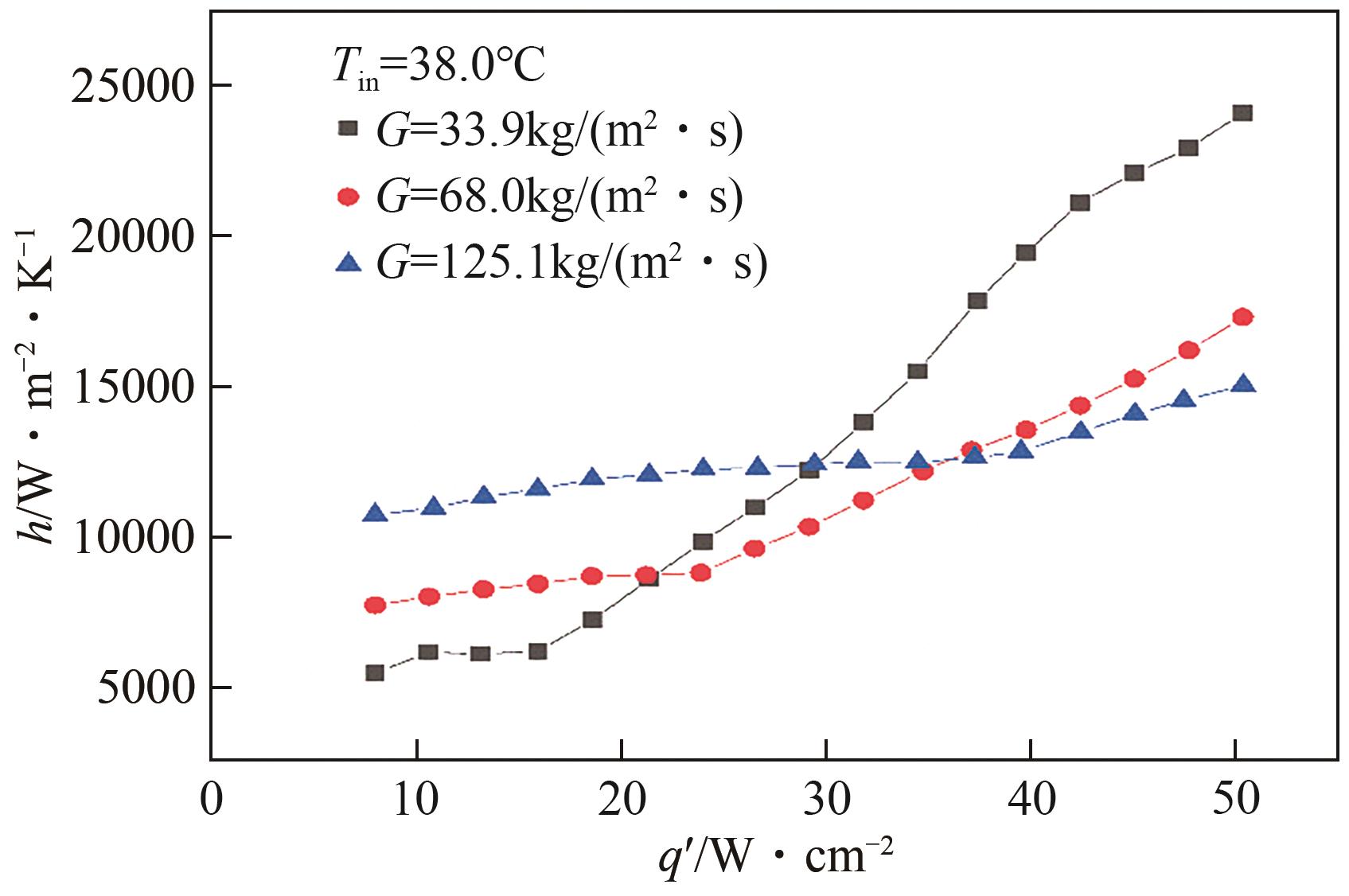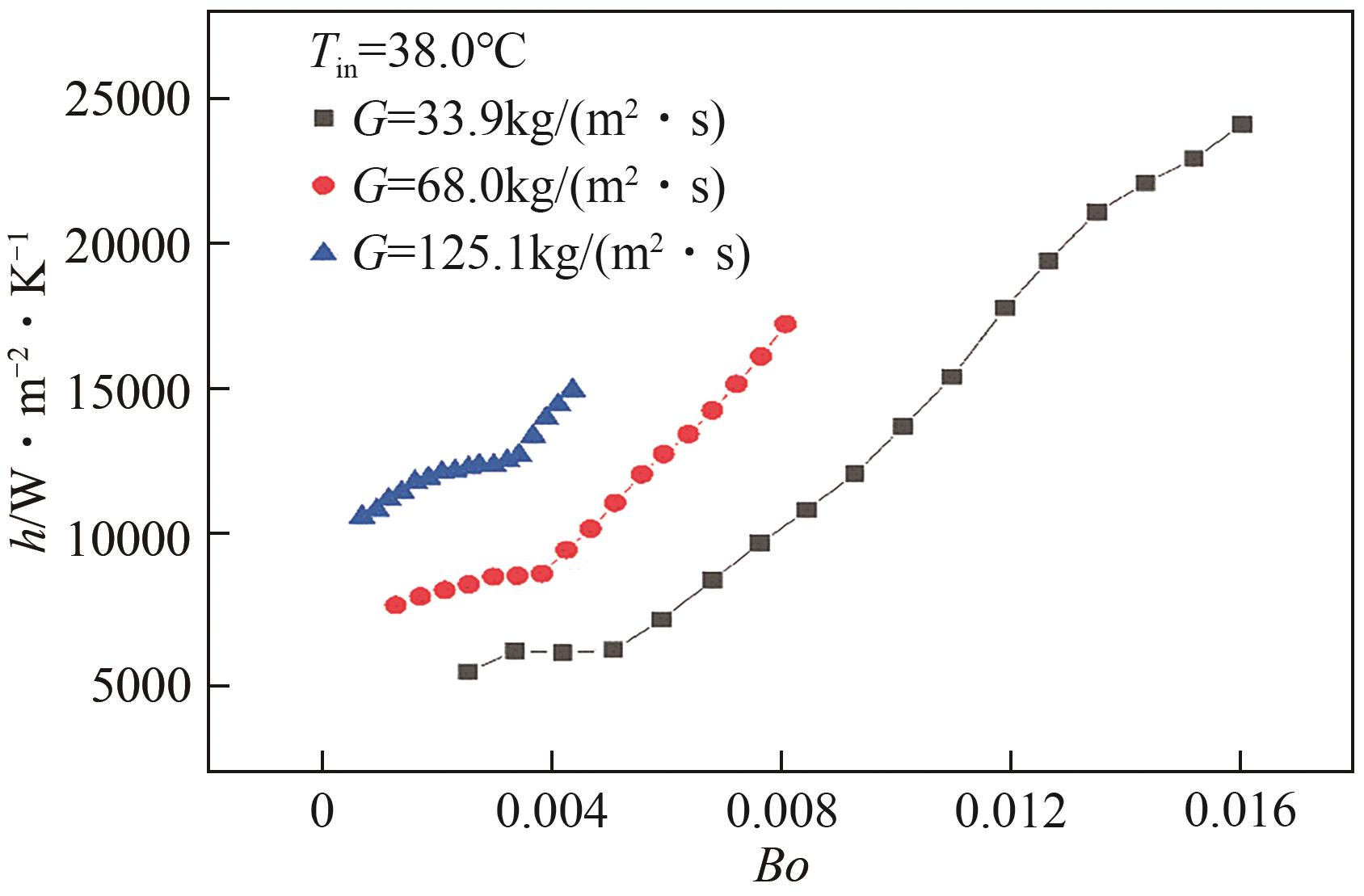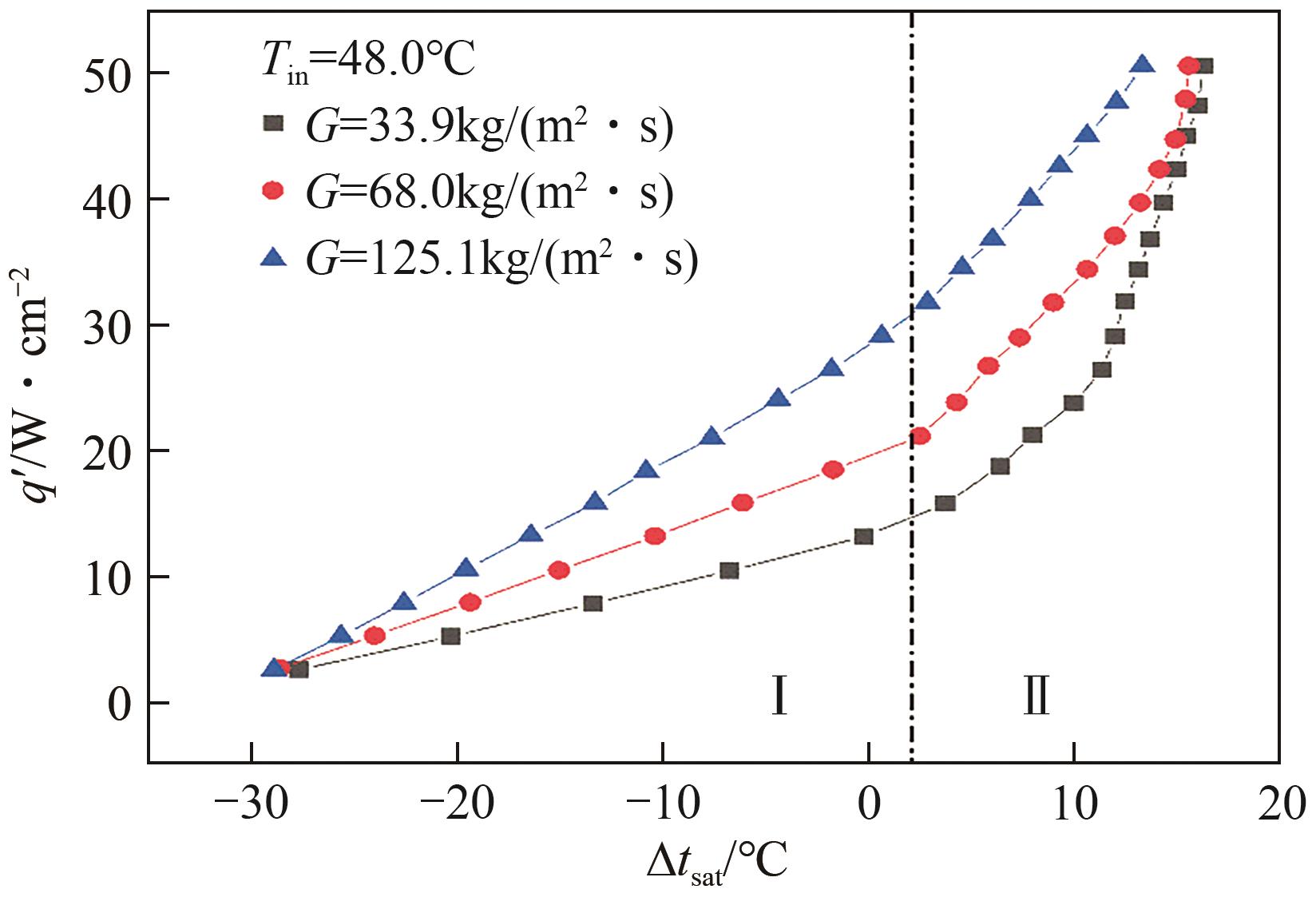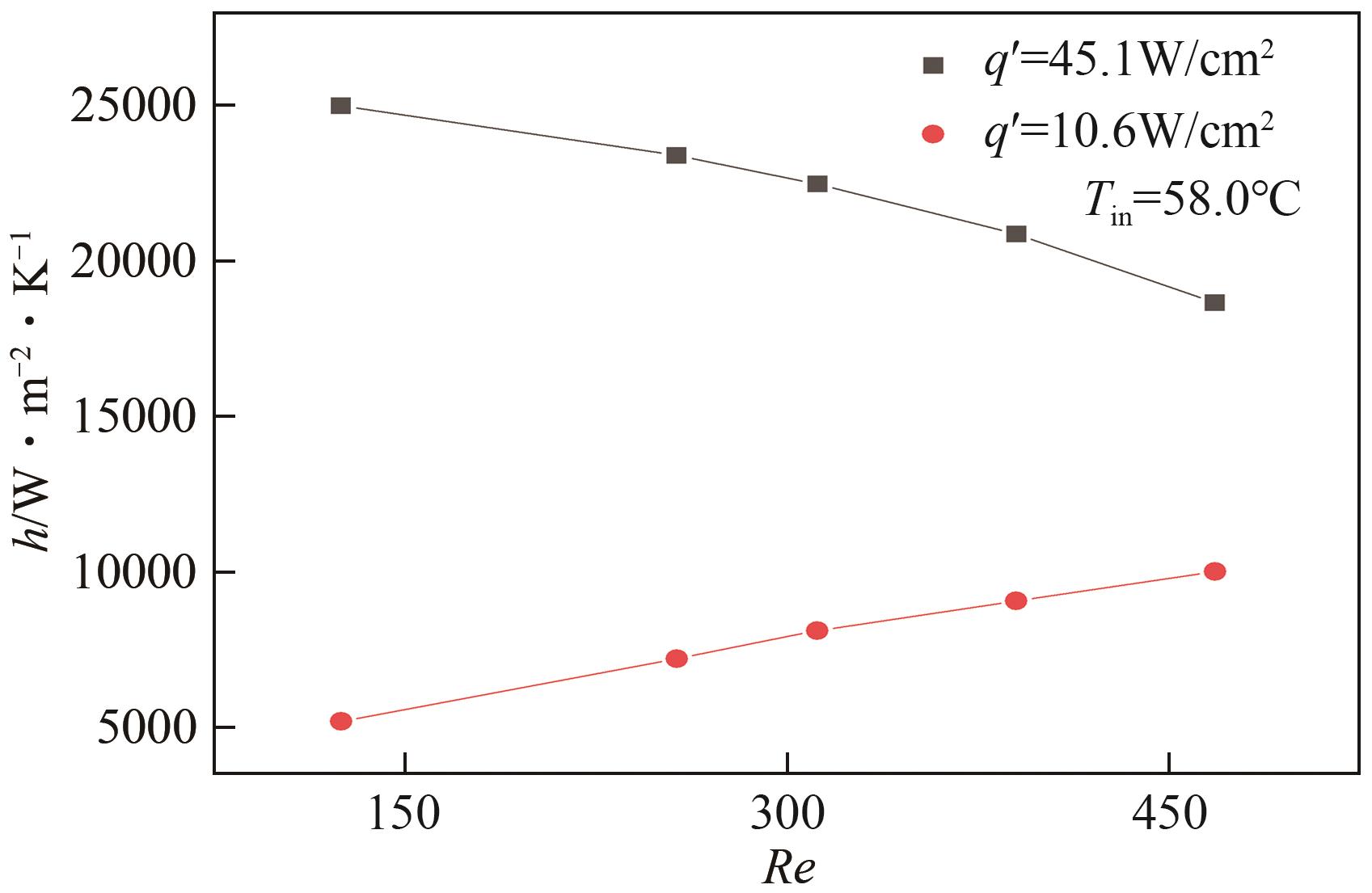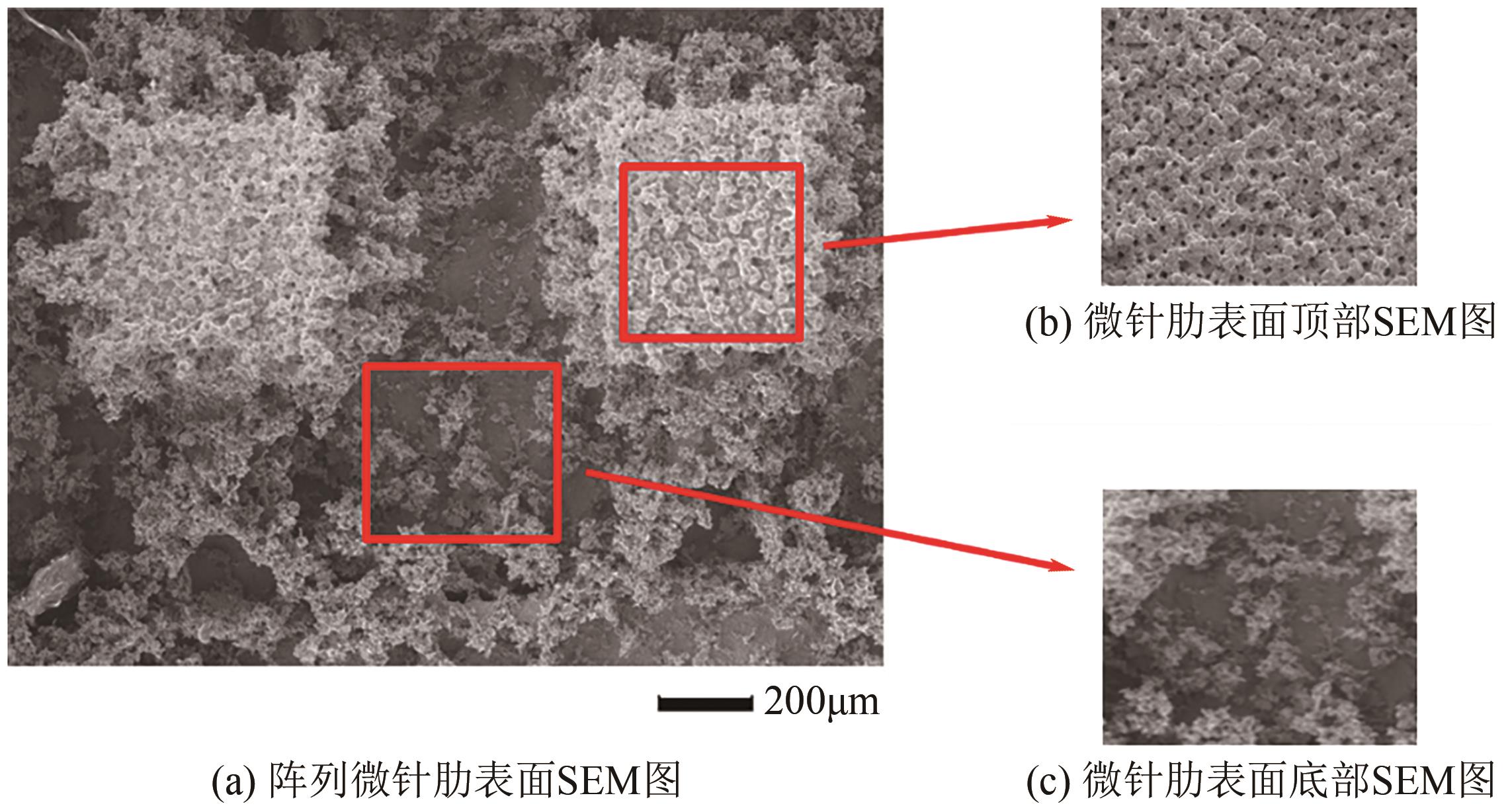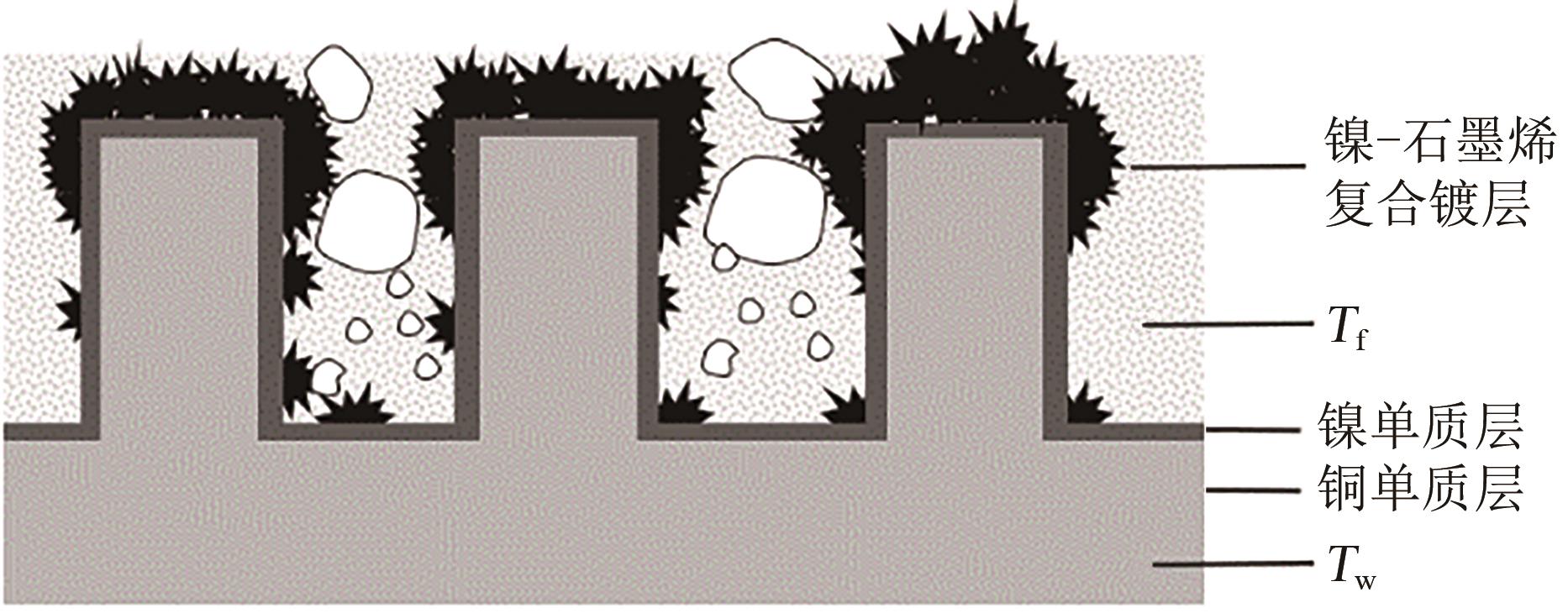| 1 |
MOORE G. Progress in digital integrated electronics[J]. IEEE Solid-State Circuits Society Newsletter, 1975, 11(3): 36-37.
|
| 2 |
HAO Xiaohong, PENG Bei, XIE Gongnan, et al. Efficient on-chip hotspot removal combined solution of thermoelectric cooler and mini-channel heat sink[J]. Applied Thermal Engineering, 2016, 100: 170-178.
|
| 3 |
SADIQUE H, MURTAZA Q, SAMSHER. Heat transfer augmentation in microchannel heat sink using secondary flows: A review[J]. International Journal of Heat and Mass Transfer, 2022, 194: 123063.
|
| 4 |
ROBINSON A J, SCHNITZLER E. An experimental investigation of free and submerged miniature liquid jet array impingement heat transfer[J]. Experimental Thermal and Fluid Science, 2007, 32(1): 1-13.
|
| 5 |
崔付龙, 詹可敬, 洪芳军. 射流-针肋微通道混合型蒸发器换热特性的实验研究[J]. 制冷技术, 2017, 37(4): 1-6.
|
|
CUI Fulong, ZHAN Kejing, HONG Fangjun. Experimental study on heat transfer performance of jet impingement-pin fin microchannel hybrid evaporator[J]. Chinese Journal of Refrigeration Technology, 2017, 37(4): 1-6.
|
| 6 |
VADER D T, CHRYSLER G M, CHU R C, et al. Experimental investigation of subcooled liquid nitrogen impingement cooling of a silicon chip[C]//Proceedings of 1995 IEEE/CPMT 11th Semiconductor Thermal Measurement and Management Symposium (SEMI-THERM). IEEE, 2002: 115-121.
|
| 7 |
SUNG M K, MUDAWAR I. CHF determination for high-heat flux phase change cooling system incorporating both micro-channel flow and jet impingement[J]. International Journal of Heat and Mass Transfer, 2009, 52(3/4): 610-619.
|
| 8 |
ZHOU D W, MA C F. Local jet impingement boiling heat transfer with R113[J]. Heat and Mass Transfer, 2004, 40(6): 539-549.
|
| 9 |
MEYER M T, MUDAWAR I, BOYACK C E, et al. Single-phase and two-phase cooling with an array of rectangular jets[J]. International Journal of Heat and Mass Transfer, 2006, 49(1/2): 17-29.
|
| 10 |
NDAO S, PELES Y, JENSEN M K. Experimental investigation of flow boiling heat transfer of jet impingement on smooth and micro structured surfaces[J]. International Journal of Heat and Mass Transfer, 2012, 55(19/20): 5093-5101.
|
| 11 |
崔付龙, 洪芳军, 林涛, 等. 烧结多孔表面分布式阵列射流沸腾[J]. 科学通报, 2020, 65(17): 1760-1769.
|
|
CUI Fulong, HONG Fangjun, LIN Tao, et al. Distributed jet array impingement boiling on particle sintered porous surfaces[J]. Chinese Science Bulletin, 2020, 65(17): 1760-1769.
|
| 12 |
ZHANG Yonghai, WEI Jinjia, KONG Xin, et al. Confined submerged jet impingement boiling of subcooled FC-72 over micro-pin-finned surfaces[J]. Heat Transfer Engineering, 2016, 37(3/4): 269-278.
|
| 13 |
PROTICH Z, SANTHANAM K S V, JAIKUMAR A, et al. Electrochemical deposition of copper in graphene quantum dot bath: Pool boiling enhancement[J]. Journal of the Electrochemical Society, 2016, 163(6): E166-E172.
|
| 14 |
张伟, 牛志愿, 李亚, 等. 石墨烯/镍复合微结构表面的池沸腾传热特性[J]. 化工进展, 2018, 37(10): 3759-3764.
|
|
ZHANG Wei, NIU Zhiyuan, LI Ya, et al. Pool boiling heat transfer characteristics on graphene/nickel composite microstructures[J]. Chemical Industry and Engineering Progress, 2018, 37(10): 3759-3764.
|
| 15 |
丁小龙, 胡振峰, 金国, 等. 电刷镀Ni-石墨烯复合镀层的组织结构及性能[J]. 材料工程, 2018, 46(11): 110-117.
|
|
DING Xiaolong, HU Zhenfeng, JIN Guo, et al. Microstructure and properties of electro-brush plating Ni-graphene composite coating[J]. Journal of Materials Engineering, 2018, 46(11): 110-117.
|
| 16 |
曾龙, 郑贵森, 邓大祥, 等. 多孔壁面微通道换热性能的实验研究[J]. 化工进展, 2022, 41(9): 4625-4634.
|
|
ZENG Long, ZHENG Guisen, DENG Daxiang, et al. Experimental study of heat transfer performance of porous wall microchannels[J]. Chemical Industry and Engineering Progress, 2022, 41(9): 4625-4634.
|
| 17 |
MOFFAT R J. Describing the uncertainties in experimental results[J]. Experimental Thermal and Fluid Science, 1988, 1(1): 3-17.
|
| 18 |
TZENG Sheng-Chung, MA Weiping. Experimental investigation of heat transfer in sintered porous heat sink[J]. International Communications in Heat and Mass Transfer, 2004, 31(6): 827-836.
|
| 19 |
YANG H, LEE F, CHEIN R. Microchannel heat sink fabrication with roughened bottom walls[J]. Microsystem Technologies, 2006, 12(8): 760-765.
|
| 20 |
KHANIKAR V, MUDAWAR I, FISHER T. Effects of carbon nanotube coating on flow boiling in a micro-channel[J]. International Journal of Heat and Mass Transfer, 2009, 52(15/16): 3805-3817.
|
| 21 |
LI J, CHENG P. Bubble cavitation in a microchannel[J]. International Journal of Heat and Mass Transfer, 2004, 47(12/13): 2689-2698.
|
| 22 |
ZHANG Wei, CHAI Yongzhi, XU Jinliang, et al. 3D heterogeneous wetting microchannel surfaces for boiling heat transfer enhancement[J]. Applied Surface Science, 2018, 457: 891-901.
|
| 23 |
张添, 闫凯芬, 张畅, 等. 肋化结构对两相受限式阵列射流冷却的影响[J].化工进展, 2019, 38(10): 4470-4480.
|
|
ZHANG Tian, YAN Kaifen, ZHANG Chang, et al. Effects of pin-finned array porous surface on two-phase confined jet-impingement cooling[J]. Chemical Industry and Engineering Progress, 2019, 38(10): 4470-4480.
|
 ), 杨鹏2, 刘广林3, 赵伟1, 杨绪飞1, 张伟1(
), 杨鹏2, 刘广林3, 赵伟1, 杨绪飞1, 张伟1( ), 宇波1
), 宇波1
 ), YANG Peng2, LIU Guanglin3, ZHAO Wei1, YANG Xufei1, ZHANG Wei1(
), YANG Peng2, LIU Guanglin3, ZHAO Wei1, YANG Xufei1, ZHANG Wei1( ), YU Bo1
), YU Bo1

